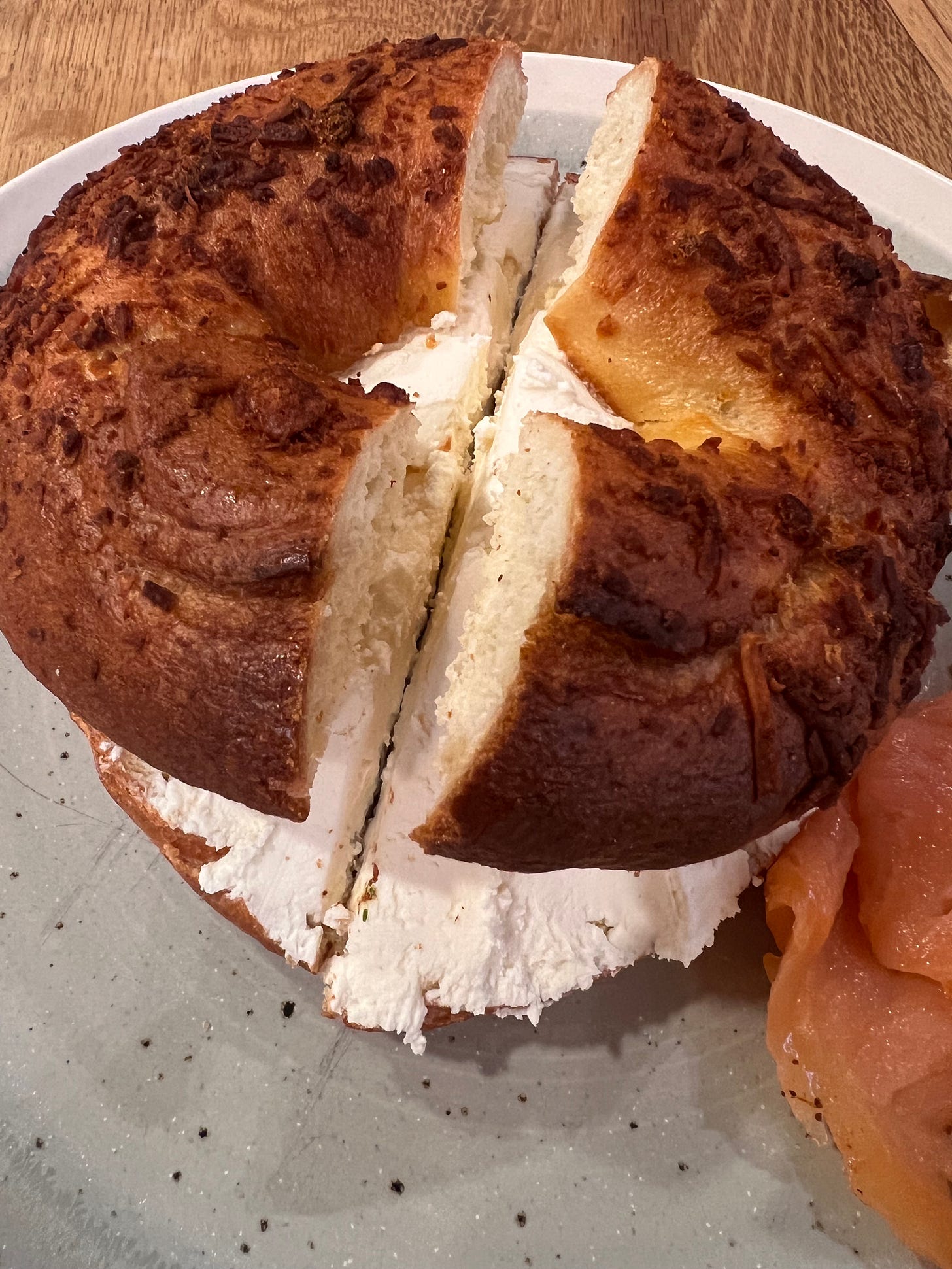I was in Tbilisi, holding forth to the wine-centric crowd before me: Georgia, I announced, was a glorious example of a country that had grown while keeping its wine identity. No museum relic, their wines were living tradition. Then, after the applause the toasts to the future, a colleague slyly pointed to the translucent cherry-ish liquid we were drinking and asked, "But does this taste Georgian?"

My first thought: Yes! It does. The wine was Aladasturi from Igavi Wines in Western Georgia. It was low in alcohol and vinified in a 550-liter qvevri, those bulbous amphorae that are usually buried (here the vessel was above ground). The juice had had two weeks of maceration. There was no fining, no filtration, no sulfur. Apart from the winemaker – an Englishman named Aidan Rafferty, who came to Georgia via New Zealand and Melbourne – what about that wine was not Georgian? My next thought was less of a knee-jerk reaction. What is Georgian wine supposed to taste like?
I first had Rafferty’s Igavi wines when I crashed the dinner he and his wife Ellie enjoyed with our mutual friend Nathan Moss, a UK expat, cider and sausage maker. In line with the ex-pat theme of the evening, we were at a smart Tbilisi restaurant run by an expat Russian chef who had trained in Paris. Rafferty started making wine near


